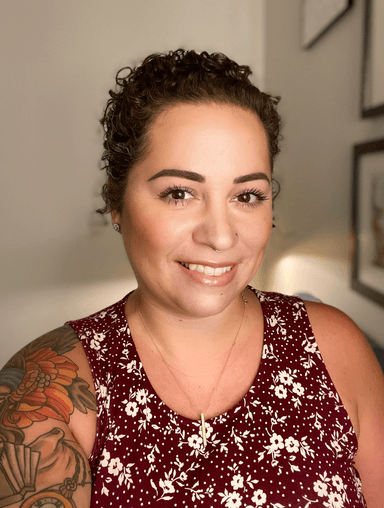
As the housing shortage continues and more Americans than ever invest in multigenerational housing, creative efforts like office conversions, ZIP code revitalization and accessory dwelling units are gaining popularity.
Of the three, Ileana Schinder, a residential architect in Washington, D.C., believes ADUs will be the most accessible and popular solution in coming years. Right now, though, they’re still new and there’s no uniform way to sell them, she said at a session Thursday during NAR NXT, The REALTOR® Experience, in Anaheim, Calif. That’s why practitioners need to know the specifics on what ADUs are and how to talk about them with customers.
You’re Selling More Than a Guesthouse
An ADU is different from a converted shed or a garage in that an ADU is a fully functioning dwelling that’s detached from the main home on the property. It’s important to market it as such, said Schinder. Both the main home and the ADU are owned by one property owner. ADUs are great for multigenerational living or an opportunity for supplemental income through a rental arrangement.
The ADU on the property must offer privacy and security, Schinder said. “The space is shared, but an ADU offers a private entrance and its own space. Think about how the ADU relates to the main residence. ADUs need to have access to the public roadways. This is specific to the area, so you’ll have to think about how this will work for your clients in your market.”
Truly independent, the ADU must be compliant with zoning laws and building codes, which vary from one area to the next. Practitioners must understand their local regulations. “This is not a tiny home or a bus in a backyard or a tent. It’s a house,” Schinder said. “The same rule book that governs the main property stands for the ADU as well. It must be fully functional and independent from the main house. You cannot go to the main house to flip a switch or change a filter.”
You’re Selling a Lifestyle
Remember that when you sell a home that has an ADU, or if you have a home buyer who’s interested in adding an ADU, you’re selling a lifestyle. Schinder says that ADUs are most sought by a few groups:
- Multigenerational families
- Single-parent homes
- Unrelated adults living together
- Aging adults
Selling more than one dwelling on one property means shared space and resources, so homeowners will want to think about what this looks like for them. “Occupants of each of the homes should be able to use the interior and exterior spaces separately and together. Landscaping and furnishing the property is important,” said Schinder. “Discuss the daily activities and how they envision themselves sharing the space.”
Work With Officials
ADUs are popular in cities like Washington, D.C.; Austin, Texas; and San Diego. But in most parts of the country, they’re still a relatively new concept. Now is the time to get on board and help local officials see the benefits of ADUs, said Schinder. In 10 years, they’ll be as common as a garage, she added. “Work with all stakeholders—city officials, neighborhoods, potential clients, investors and NGOs—to help them understand the benefits of ADUs.”
This kind of housing fills a need for more inventory and has a huge impact on buyer choice. Remember that design and construction matter, and help stakeholders figure out what your specific market needs. ADUs should be tailored to a design that’ll work in your area and for your neighborhood.









